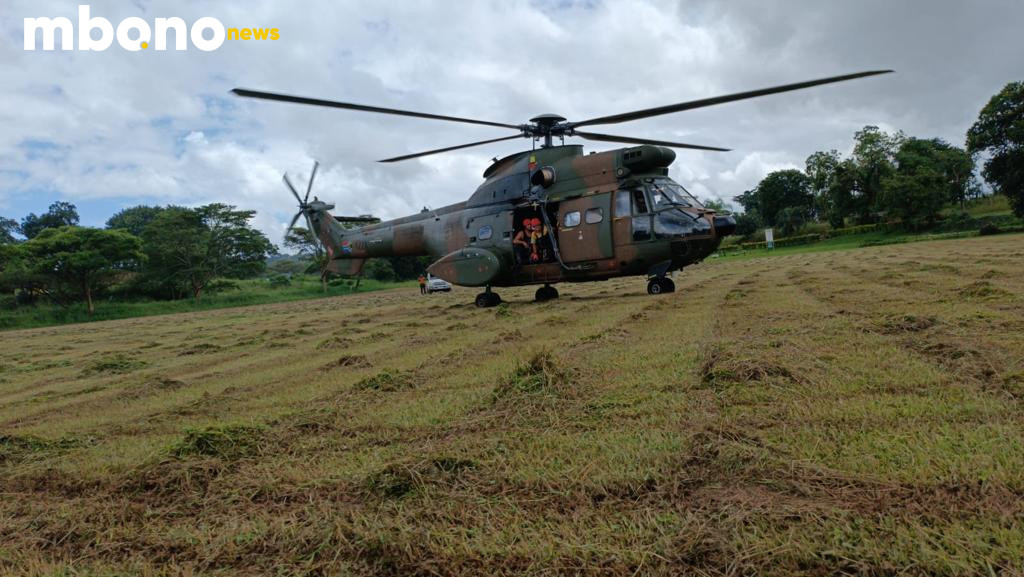The South African National Defence Force (SANDF) faced a critical setback during the devastating floods in Mthatha, Eastern Cape, as a shortage of Flight Engineers (FEs) left key aircraft grounded at a time when they were most needed. The region, already reeling from torrential rains and unseasonal snowfall, saw rescue operations severely hampered due to this logistical failure.
Without sufficient Flight Engineers — specialists crucial for the operation of certain military aircraft — the SANDF was unable to fully mobilize its aerial support, delaying the delivery of aid and limiting search and rescue efforts in hard-hit areas. The consequences were immediate and alarming, as stranded residents awaited help that was slowed by operational bottlenecks.
Flight Engineers are essential for ensuring aircraft readiness, especially in complex and demanding flying conditions. Their absence not only grounded helicopters and transport planes but also exposed vulnerabilities in the military’s disaster response planning.
As the weather battered the Eastern Cape, with villages cut off and infrastructure collapsing, communities looked to the SANDF for swift assistance — only to discover that a human resource shortage was grounding the very tools meant to provide relief.
This failure has sparked sharp criticism from analysts and humanitarian groups, who question the SANDF’s preparedness and call for urgent investment in personnel and maintenance of disaster-response capabilities. With climate-related emergencies becoming more frequent, the absence of key crew members like Flight Engineers could prove disastrous in future crises.
As relief efforts continue in the Eastern Cape, the SANDF’s challenges serve as a stark reminder that operational readiness hinges not just on equipment — but on the skilled people who make missions possible.
